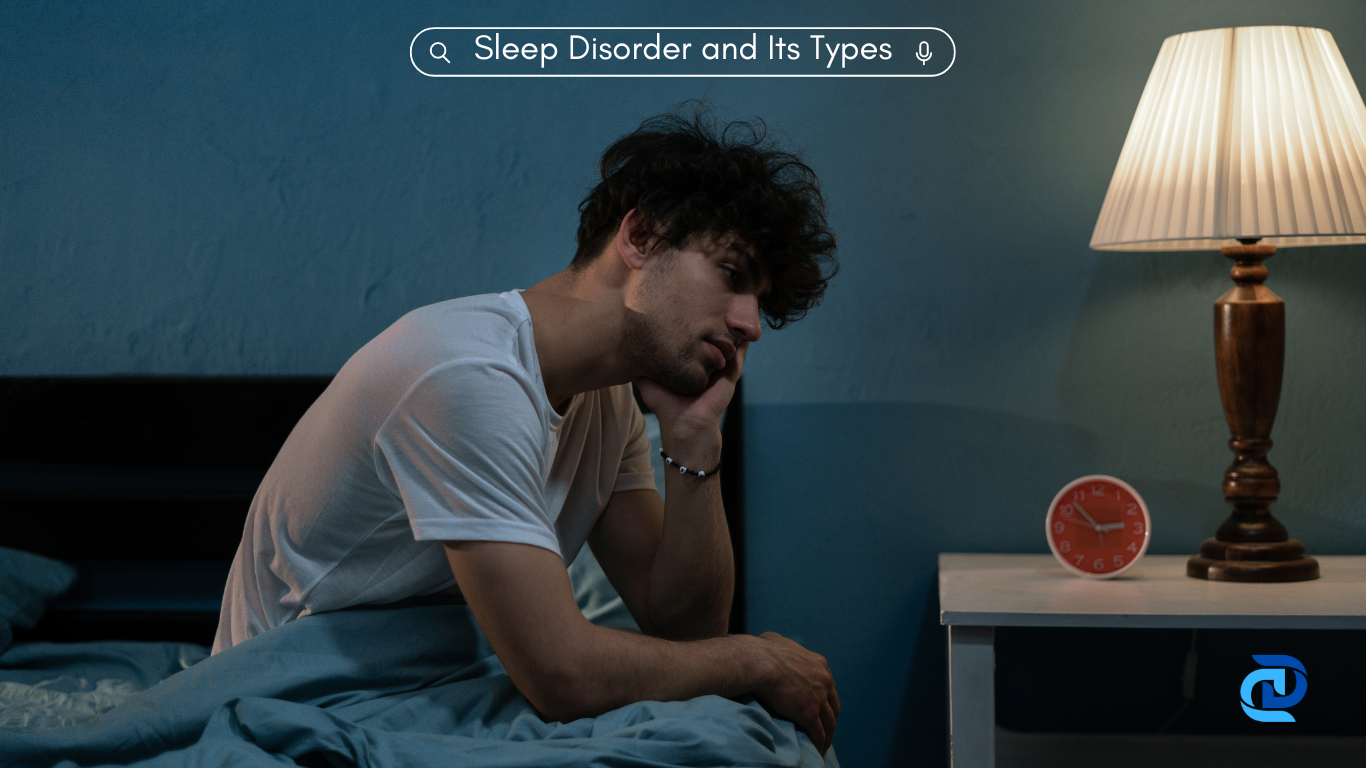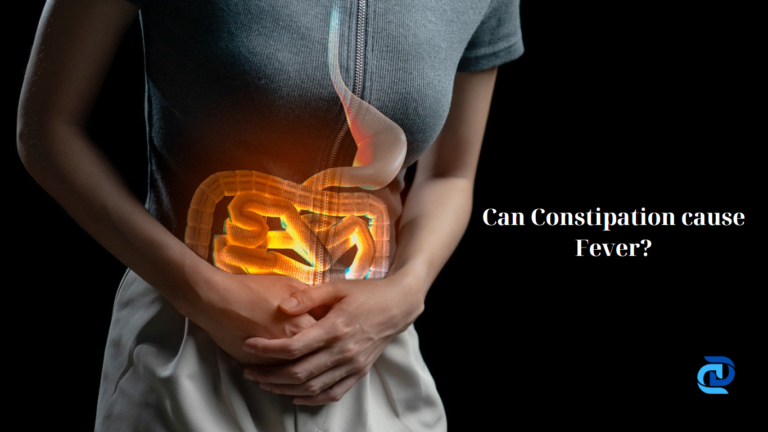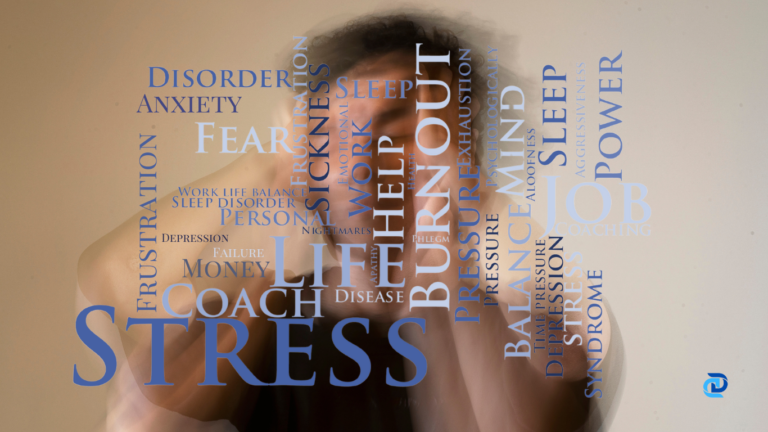Sleep Disorder

Sleep disorders encompass a range of conditions that affect sleep quality, timing, and duration, leading to daytime distress and impairment in functioning.
According to the International Classification of Sleep Disorders (ICSD), there are over 80 different types of sleep disorders, which can be broadly categorized into several groups.
These disorders can affect anyone, regardless of age or gender, and may have significant implications for overall health and well-being.
Types of Sleep Disorders
- Insomnia: Insomnia is a sleep disorder characterized by difficulty falling asleep, staying asleep, or both, leading to fatigue, irritability, and difficulty concentrating. It can be classified into three types:
- Chronic Insomnia: Occurs regularly for at least one month.
- Intermittent Insomnia: Happens periodically and may not last long.
- Transient Insomnia: Lasts for a few nights, often triggered by stress or environmental changes.
- Sleep Apnea: Sleep apnea is a serious sleep disorder characterized by repeated interruptions in breathing during sleep. Risk factors for sleep apnea include obesity, age, and airway anatomy, and common symptoms are loud snoring, gasping for air during sleep, excessive daytime sleepiness, and difficulty concentrating.
- Sleep-related breathing disorders: Sleep-related breathing disorders are a group of conditions characterized by abnormal respiration during sleep, significantly impacting overall health and well-being. The most common types are:
- Obstructed sleep apnea is repeated episodes of partial or complete airway closure. This results in disturbed breathing reduced oxygen levels, and symptoms such as loud snoring, witnessed apneas, and excessive daytime sleepiness.
- Central sleep apnea, arises when the brain fails to send proper signals to the muscles that control breathing.
- Sleep-related hypoventilation disorder involves elevated carbon dioxide levels during sleep due to insufficient breathing, often linked to conditions like chronic obstructive pulmonary disease (COPD) or obesity hypoventilation syndrome.
- Narcolepsy: Narcolepsy is a complex neurological disorder disrupting the brain’s normal sleep-wake cycle. Individuals with narcolepsy experience excessive daytime sleepiness, often leading to uncontrollable sleep attacks. The condition is categorized into two main types:
- Narcolepsy Type 1, characterized by cataplexy, a sudden loss of muscle control triggered by strong emotions.
- Narcolepsy Type 2, which lacks cataplexy but still involves debilitating daytime sleepiness. Research suggests a combination of genetic factors and irregularities in brain chemistry may contribute to its development. Beyond excessive sleepiness and cataplexy, narcolepsy can manifest in other disruptive symptoms such as sleep paralysis, vivid hallucinations, and disrupted nighttime sleep.
- Restless Legs Syndrome (RLS): Restless Legs Syndrome (RLS), is formally described as an irresistible urge to move legs along with uncomfortable and unpleasant sensations similar to itching, crawling, or pulling.
- Parasomnias: Parasomnias are defined as sleep disorders in which patients exhibit physically or behaviorally abnormal phenomena during the period of sleep. These interferences can be characterized by abnormal locomotion, mood swings, feelings, dreams, and nightmares. Some of the types are sleepwalking, which is the acting out of activity during a state of sleep, and nightmare which is a distressing dream that brings about aspects of fear or anxiety. Sleep talking or talking while asleep, is another common type of parasomnia or involuntary behavior during sleep.
- Circadian Rhythm Sleep Disorders: Circadian rhythm sleep disorders arise when the body’s internal clock, responsible for regulating sleep-wake cycles, becomes misaligned with the external environment. This discrepancy leads to difficulty in falling asleep or waking up at desired times. Common types include
- Delayed Sleep Phase Disorder, characterized by significantly delayed sleep onset and wake times.
- Advanced Sleep Phase Disorder, where sleep onset and wake times occur earlier than preferred. Factors such as shift work, jet lag, and irregular sleep schedules can contribute to these disorders.
- REM sleep behavior disorder (RBD): It is a sleep disorder in which the body moves and talks as in acting out dreams, especially during the rapid eye movement (REM) stage of sleep. Those with RBD have the paralysis relieved enabling them to move and in most instances, they are violent within their dreams. This disorder is characterized by sudden episodes of kicking, punching, or getting out of bed and screaming or cursing. Still, RBD is not a disease of only the elderly, although incidence increases with age, the condition can affect relatively young people with disorders like narcolepsy, Parkinson’s disease, or Lewy body dementia.

Common Symptoms of Sleep Disorders
Symptoms of common sleep disorders include:
- Trouble initiating sleep, leading to prolonged periods of wakefulness.
- Frequent awakenings during the night, result in disrupted sleep.
- Getting up earlier than desired and being unable to return to sleep.
- Feeling unrefreshed upon waking, despite spending adequate time in bed.
- Persistent fatigue and drowsiness during the day, often leading to difficulty concentrating.
- Notable snoring sounds, which may indicate obstructive sleep apnea.
- Episodes of choking or gasping during sleep
- Waking up with a dry mouth or throat due to breathing difficulties during sleep.
- Morning headaches can result from poor sleep quality or sleep apnea.
If these symptoms are persistent or significantly interfere with daily functioning, it is essential to seek medical advice for evaluation and treatment.
Causes of Sleep Disorders
There are various causes of sleep disorders, which can be broadly categorized into the following:
Medical Conditions
- Chronic pain conditions (e.g., arthritis, fibromyalgia)
- Neurological disorders (e.g., Parkinson’s disease, Alzheimer’s disease, stroke)
- Respiratory disorders (e.g., asthma, chronic obstructive pulmonary disease)
- Cardiovascular diseases (e.g., heart failure, coronary artery disease)
- Endocrine disorders (e.g., hyperthyroidism, hypothyroidism)
- Gastrointestinal disorders (e.g., gastroesophageal reflux disease)
Mental Health Conditions
- Anxiety disorders
- Depression
- Post-traumatic stress disorder (PTSD)
Medications and Substances
- Stimulants (e.g., caffeine, nicotine)
- Certain medications (e.g., antidepressants, beta-blockers, corticosteroids)
- Alcohol
Other common causes are:
- Irregular sleep schedules
- Uncomfortable sleep environment
- Family history of sleep disorders
- Changes in sleep patterns and quality with age
In some cases, the exact cause of a sleep disorder may be unknown, particularly in conditions like insomnia and idiopathic hypersomnia. It is important to note that sleep disorders can also be a symptom of an underlying medical or mental health condition.
Diagnosis of Sleep Disorder
The diagnosis of a sleep disorder may involve the use of methods that are determined by a professional. This usually involves a detailed clinical history of the patient, a complete physical examination, and the completion of a sleep diary that will assist in the evaluation of sleep and its disorders.
A sleep test that records the brain activity, the electrical activity of the heart, and breathing during a night’s sleep, involves the use of polysomnography which usually shows conditions such as sleep apnea. For disorders such as narcolepsy, a Multiple Sleep Latency Test (MSLT) may be performed to determine the level of sleepiness during the day.
Treatments for Sleep Disorders
Treatment for sleep disorders varies greatly depending on the specific condition. However, there are some general approaches:
Lifestyle Modifications
These are going to bed and getting up at the same time daily, minimizing interference of any kind while in bed, and avoiding substances such as caffeine, tobacco, and stimulants. Physical activity enhances health and has a positive impact in promoting better sleeping.
Proper nutrition is good for the body, and mind and helps to regulate a schedule of sleep. When people include practices like meditation, yoga, and deep breathing exercises in their lifestyle, they will get rid of anxiety and prepare the body naturally for relaxation hence leading to better sleep.
Cognitive Behavioral Therapy (CBT)
Cognitive behaviors are a type of therapy in which the individual and therapist work together to change thoughts and behaviors that cause sleep disorders. Optimistic thoughts and other unhealthy habits affecting sleep can be replaced by better habits, and thus, improve one’s sleep patterns.
There are many elements of CBT, which may involve stimulus control, such as establishing a calming pre-sleep routine, sleep restriction, and relaxation training in addition to cognitive restructuring for modifying negative thoughts about sleep.
Medications
Medication may be used as a form of managing sleep disorders especially when other methods of managing the condition have proven to be inefficient.
Over-the-counter medications available for the control of the symptoms of insomnia can be useful but are mostly prescribed on a short-term basis because of side effects and the possibility of developing addiction. Specific medications and treatments must be advised to a healthcare professional on the patient’s condition and requirements.
Medical Treatments
The treatment for sleep disorders depends on the type of disorder the patient has. For example, Sleep apnea is managed by a therapy known as Continuous Positive Airway Pressure (CPAP) that involves the use of a device that delivers pressurized air to the patient to keep the airway passage open all through the night. If sleep apnea or any other sleep disorders are severe or if other treatment methods fail, the surgery may be considered.
It’s important to note that this is a general overview, and the best treatment plan for an individual will depend on their specific diagnosis and needs. Consulting with a healthcare professional is essential for proper evaluation and treatment.
Conclusion
Understanding the different types of sleep disorders is crucial for recognizing symptoms and seeking appropriate treatment. With over 80 different sleep disorders identified, each with its unique causes and treatments, it’s essential to approach sleep health proactively.
By prioritizing good sleep hygiene, consulting healthcare professionals, and exploring treatment options, individuals can improve their sleep quality and overall quality of life.





